Robert Louis Stevenson was said to have traversed the dunes that became Spyglass Hill, and the location was his muse for the buccaneers and buried gold in his classic novel Treasure Island. When Spyglass Hill was built with the help of the Northern California Golf Association in 1966, the name of the course was inspired by Stevenson’s book. NCGA Executive Director Bob Hanna even went so far as to name most of the holes after Treasure Island people and places. What do all these names mean? Let’s take a closer look at the front nine:
Part 2: The Names of the Back Nine at Spyglass Hill
No. 1: Treasure Island (595 Yards, Par-5)
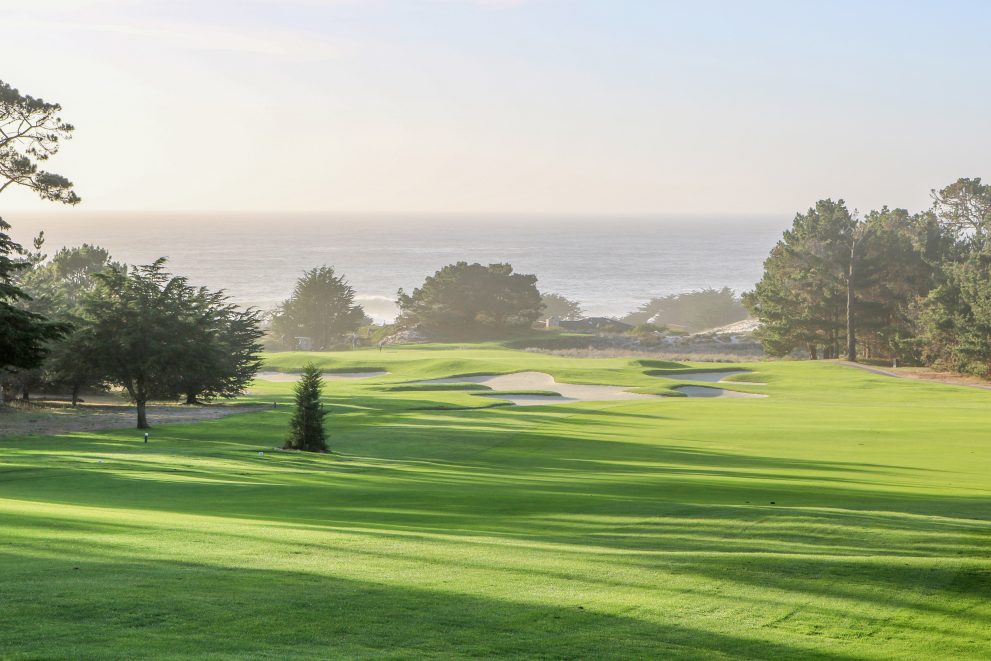
Original Hanna description: The 1st green is actually an island in the sand. To hit the green in par figures is to be rewarded.
Treasure Island reference: The quest for buried treasure takes place here.
No. 2: Billy Bones (349 Yards, Par-4)
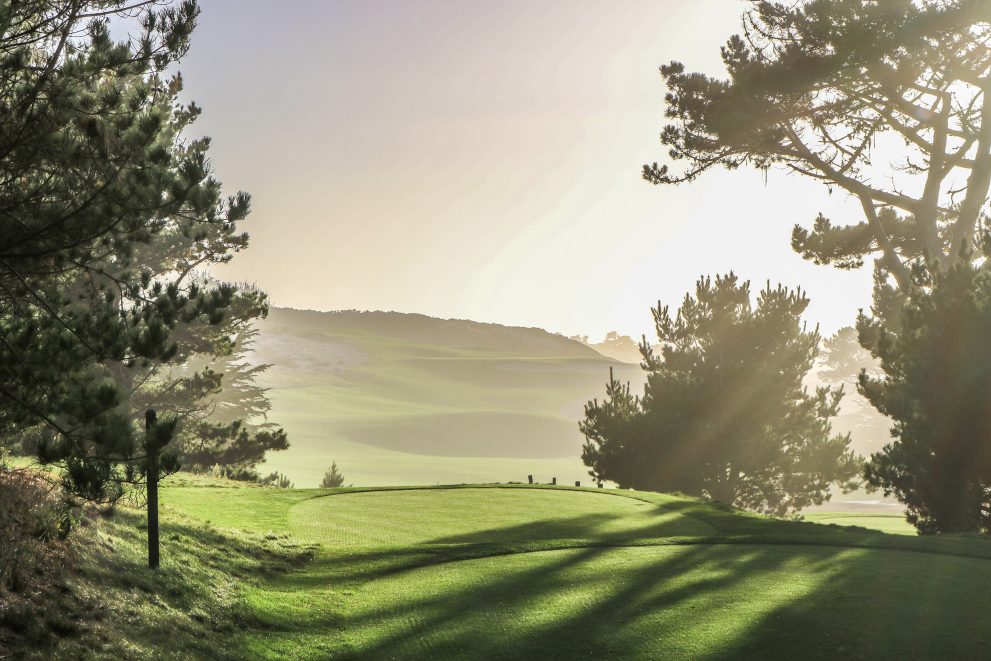
Original description: Like the character in the book, he appears early and doesn’t stay long, but is long remembered.
Treasure Island reference: The hard-drinking old pirate who perishes is on the lookout for the one-legged man.
No. 3: The Black Spot (172 Yards, Par-3)
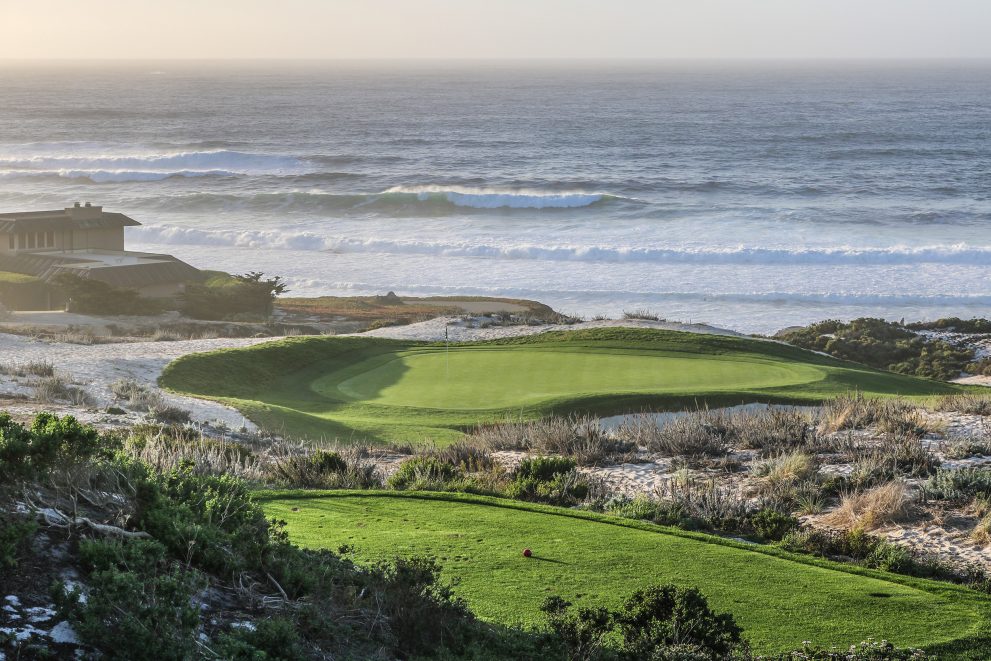
Original description: There is no alternative. Either the player hits the green or is in the sand and on the spot.
Treasure Island reference: Pirates are presented a black spot to officially summon them for judgement. Black Spot is also the title of Chapter 3. In it, Billy Bones receives the Black Spot, and ultimately can’t escape death.
No. 4: Blind Pew (370 Yards, Par-4)
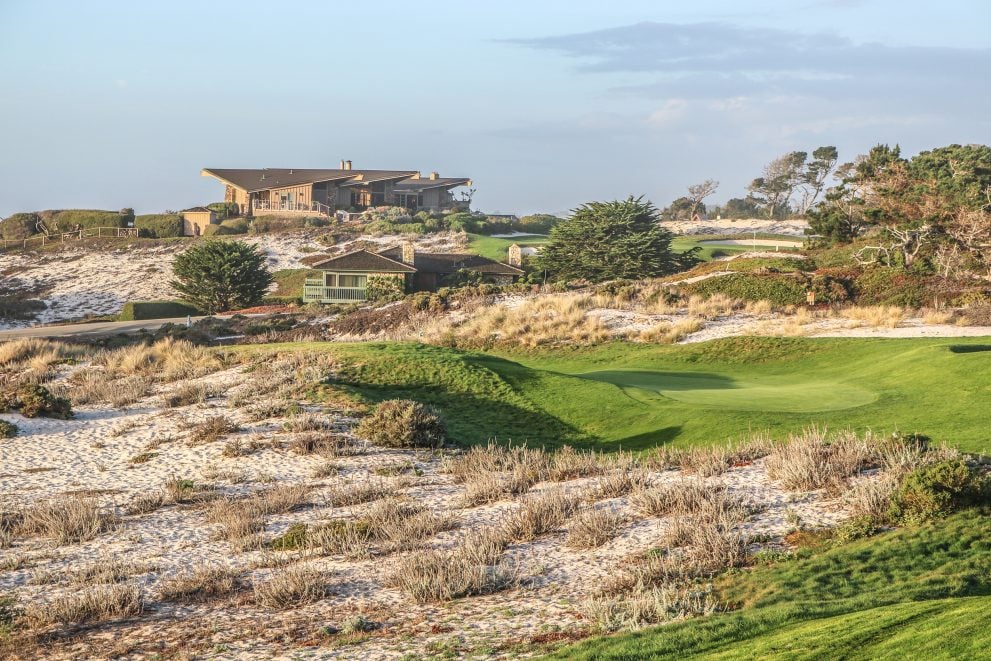
Original description: Unless the tee shot is perfectly placed, the second shot to the green is absolutely blind.
Treasure Island reference: The blind murderous beggar and pirate who delivers the Black Spot to Billy Bones.
No. 5: Bird Rock (197 Yards, Par-3)
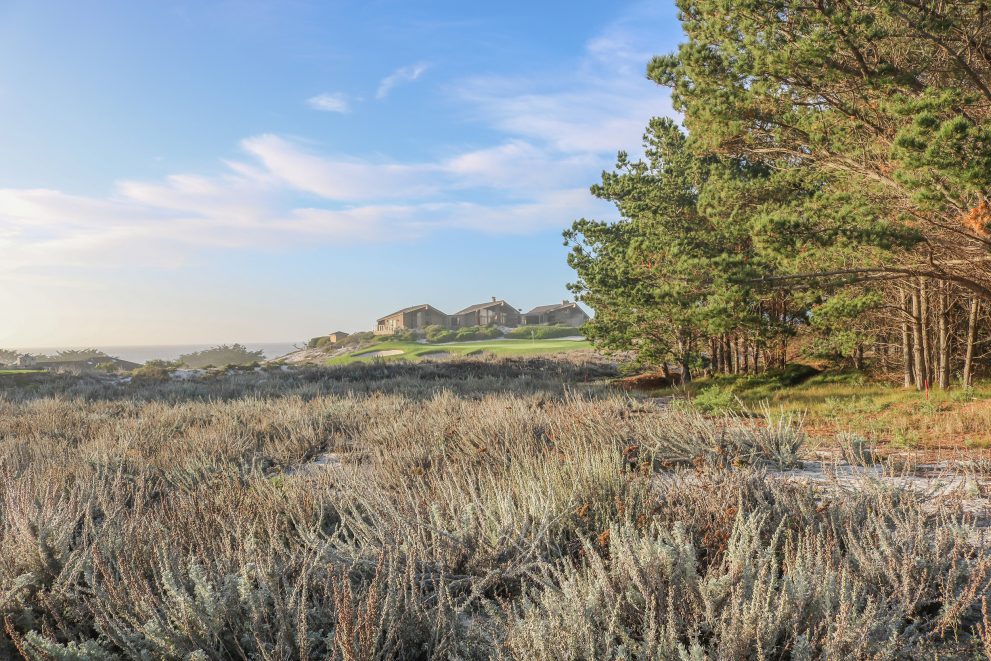
Original description: A one-shotter directly toward Bird Rock.
Treasure Island reference: None. One of the most popular stops on 17-Mile Drive, where sea lions now sunbathe.
No. 6: Israel Hands (446 Yards, Par-4)
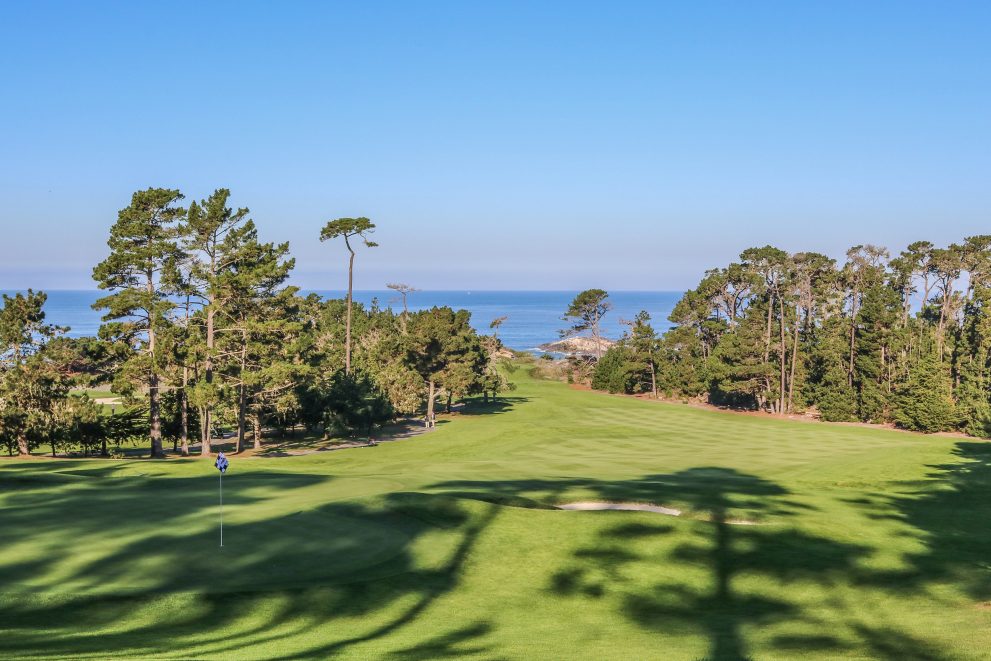
Original description: Now we meet the pirates in the woods, and No. 6 is a real rogue.
Treasure Island reference: A reckless pirate serving as coxswain on the ship Hispaniola. Long John Silver’s second-in-command.
No. 7: Indian Village (529 Yards, Par-5)
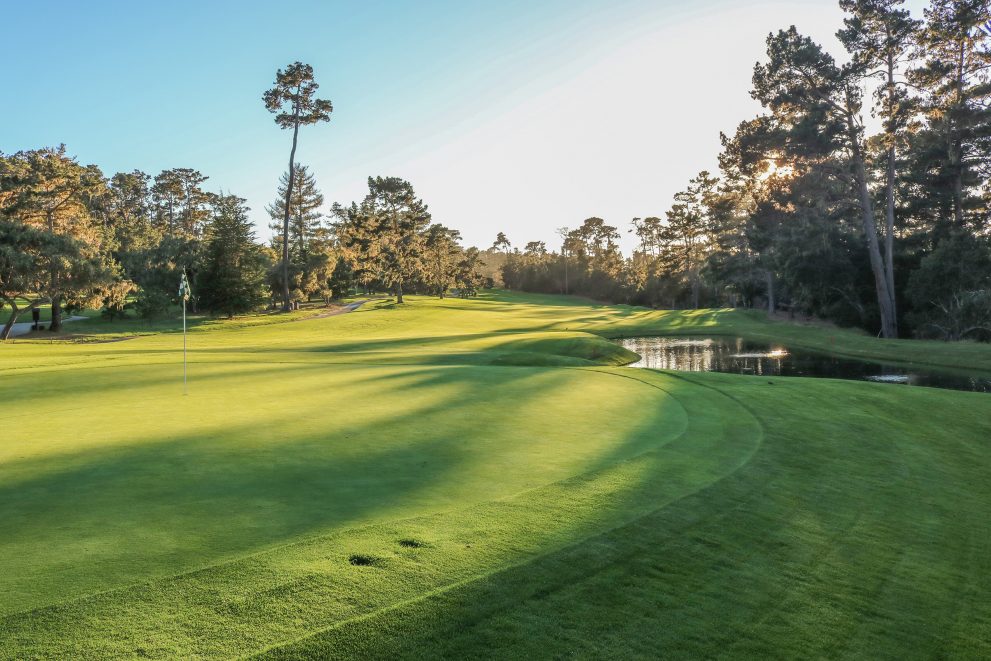
Original description: In keeping with the local lore, a difficult five par and many a player may be captured in the Indian Village.
Treasure Island reference: None. It is the neighboring picnic grounds just west of the 7th hole.
No. 8: Signal Hill (399 Yards, Par-4)
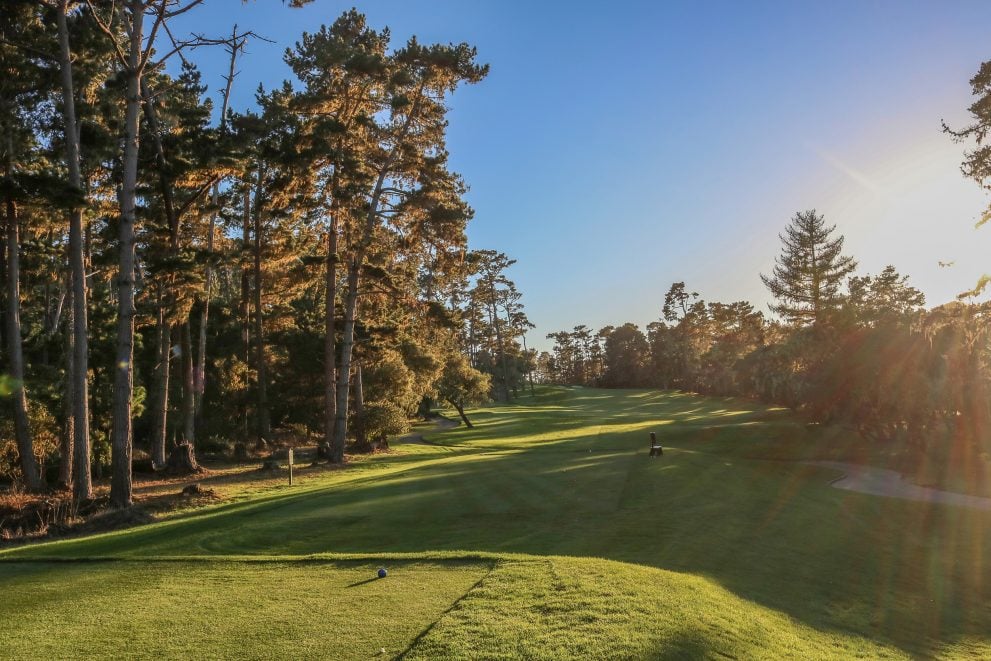
Original description: Again, a local name. No. 8 is all uphill and could be a signal to a good or bad round.
Treasure Island reference: None. It’s the high dunes that separate Spyglass Hill and Cypress Point.
No. 9: Captain Smollett (431 Yards, Par-4)
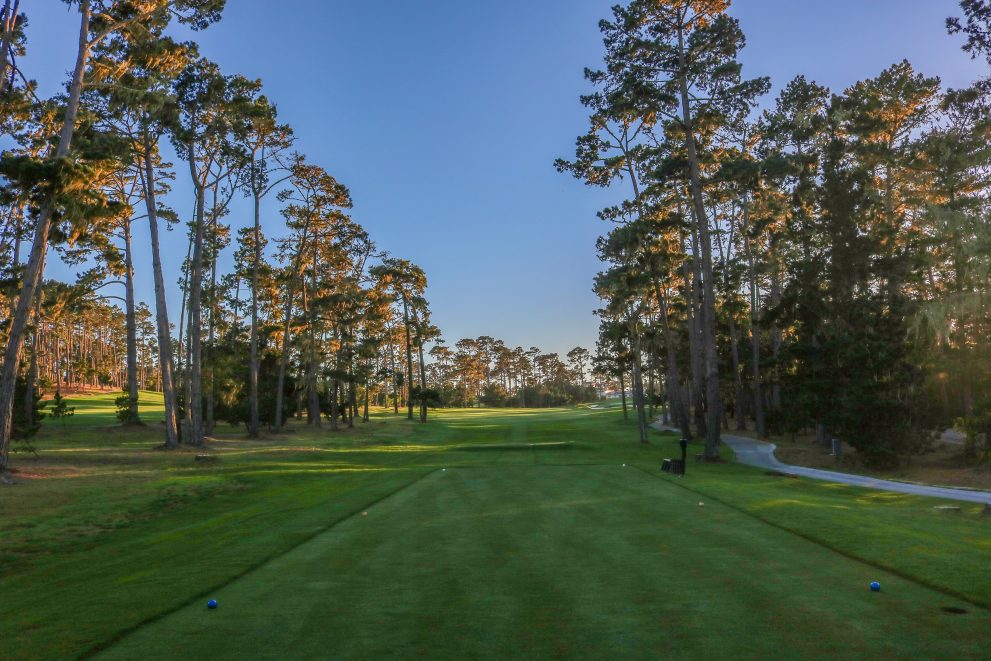
Original description: Captain of the whole front nine and a tough taskmaster.
Treasure Island reference: The rules-enforcing captain of the voyage to Treasure Island.